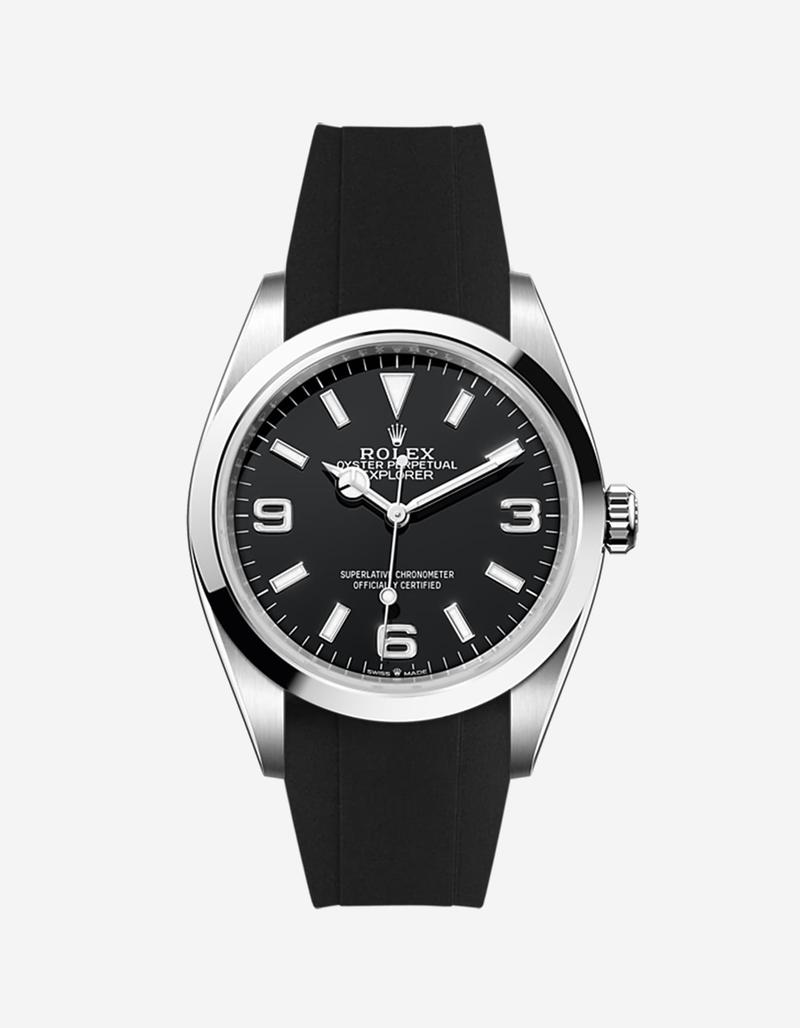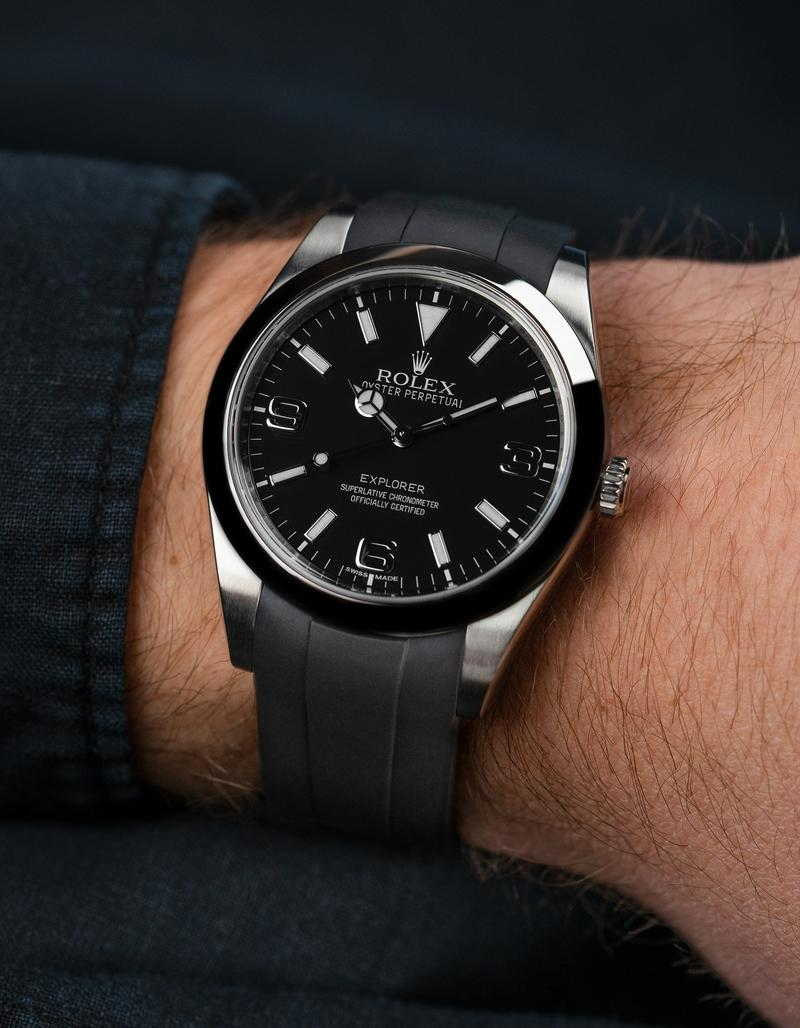How To Fix A Rolex Strap?
# How to Fix a Rolex Strap: A Comprehensive Guide
Rolex watches are renowned for their precision, luxury, and durability. However, like any other timepiece, the strap of a Rolex can experience wear and tear over time. Whether it's a leather, metal, or rubber strap, knowing how to fix it can save you time and money. This guide will walk you through the steps to fix a Rolex strap, ensuring your watch remains in top condition.
## Understanding the Types of Rolex Straps
Before diving into the repair process, it's essential to understand the different types of Rolex straps:
1. Oyster Bracelet: The most common Rolex strap, known for its robustness and sporty look.
2. Jubilee Bracelet: A more elegant and dressy option, featuring a five-piece link design.
3. President Bracelet: Exclusive to the Day-Date models, known for its semi-circular three-piece links.
4. Leather Strap: Offers a classic and sophisticated look, often found on dressier models.
5. Rubber Strap: Known for its durability and comfort, ideal for sports models.
## Common Issues with Rolex Straps
Rolex straps can encounter several issues, including:
- Loose Links: Over time, the links in metal bracelets can become loose.
- Broken Clasp: The clasp can wear out or break, making it difficult to secure the watch.
- Worn Leather: Leather straps can crack, fade, or become brittle.
- Damaged Rubber: Rubber straps can tear or lose elasticity.
## Tools You Will Need
To fix a Rolex strap, you will need the following tools:
- Spring bar tool
- Screwdrivers (specific to Rolex models)
- Pliers
- Soft cloth
- Replacement parts (links, clasp, spring bars, etc.)
## Step-by-Step Guide to Fixing a Rolex Strap
1. Fixing Loose Links

Loose links can make your Rolex feel less secure on your wrist. Here's how to fix them:
1. Identify the Loose Links: Examine the bracelet to find the loose links.
2. Remove the Bracelet: Use the spring bar tool to remove the bracelet from the watch case.
3. Tighten the Screws: Use the appropriate screwdriver to tighten the screws on the loose links. Be careful not to overtighten, as this can strip the screws.
4. Reattach the Bracelet: Once the links are tightened, reattach the bracelet to the watch case using the spring bar tool.
2. Replacing a Broken Clasp

A broken clasp can make it impossible to wear your Rolex. Follow these steps to replace it:
1. Remove the Bracelet: Use the spring bar tool to detach the bracelet from the watch case.
2. Detach the Clasp: Locate the spring bars holding the clasp in place and use the spring bar tool to remove them.
3. Attach the New Clasp: Insert the new clasp and secure it with the spring bars.
4. Reattach the Bracelet: Reattach the bracelet to the watch case using the spring bar tool.
3. Repairing a Leather Strap

Leather straps can wear out over time, but they can often be repaired or replaced:
1. Assess the Damage: Determine if the leather strap can be repaired or if it needs to be replaced.
2. Remove the Strap: Use the spring bar tool to remove the leather strap from the watch case.
3. Repair the Strap: If the damage is minor, use leather conditioner to restore the strap. For more significant damage, consider taking it to a professional or replacing it entirely.
4. Attach the New or Repaired Strap: Use the spring bar tool to attach the new or repaired strap to the watch case.
4. Fixing a Damaged Rubber Strap
Rubber straps are durable but can still suffer damage. Here's how to fix them:
1. Inspect the Damage: Check for tears or loss of elasticity.
2. Remove the Strap: Use the spring bar tool to detach the rubber strap from the watch case.
3. Replace the Strap: If the damage is beyond repair, replace the strap with a new one.
4. Attach the New Strap: Use the spring bar tool to secure the new rubber strap to the watch case.
## Maintenance Tips for Rolex Straps
To prolong the life of your Rolex strap, follow these maintenance tips:
- Regular Cleaning: Clean your strap regularly with a soft cloth to remove dirt and sweat.
- Avoid Water Exposure: For leather straps, avoid excessive water exposure to prevent damage.
- Store Properly: When not in use, store your Rolex in a cool, dry place to prevent damage to the strap.
- Professional Servicing: Have your Rolex serviced by a professional every few years to ensure all components, including the strap, are in good condition.
## When to Seek Professional Help
While many strap issues can be fixed at home, some situations require professional assistance:
- Severe Damage: If the strap is severely damaged, it's best to take it to a professional.
- Complex Repairs: For complex repairs, such as replacing intricate parts of the bracelet, seek professional help.
- Warranty Concerns: If your Rolex is still under warranty, consult a professional to avoid voiding the warranty.
## Conclusion
Fixing a Rolex strap can be a straightforward process if you have the right tools and knowledge. Whether you're dealing with loose links, a broken clasp, or a worn leather strap, following the steps outlined in this guide can help you restore your Rolex to its original condition. Remember to maintain your strap regularly and seek professional help when necessary to ensure your Rolex remains a timeless piece of luxury.


































Leave your comment